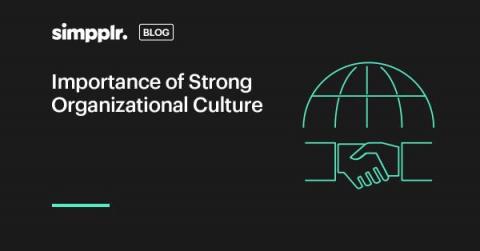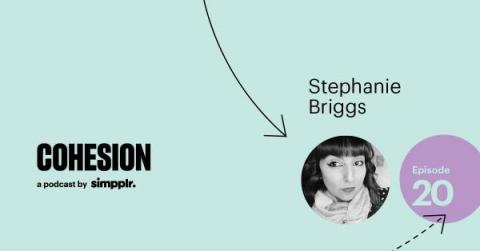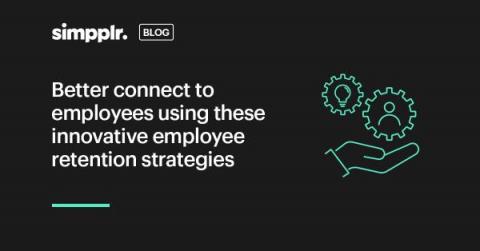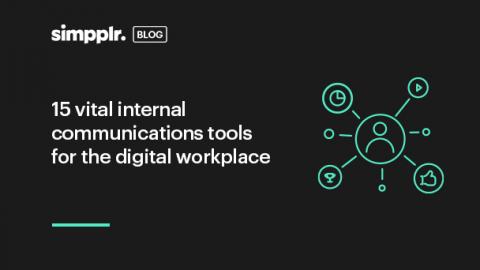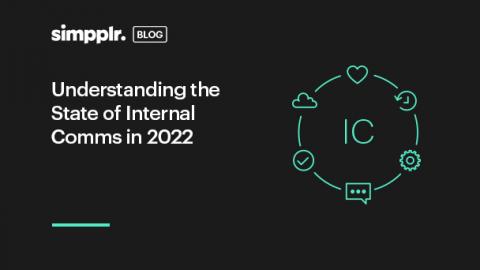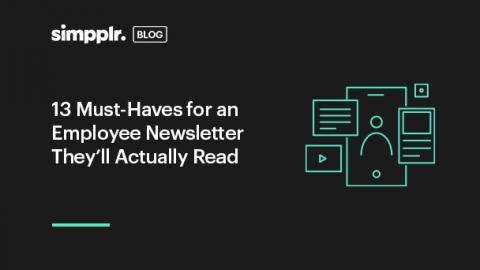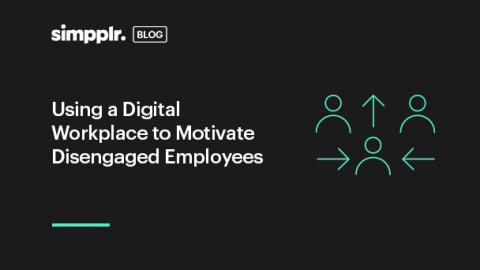Creating an equitable workplace culture with Suman Gopalan, Chief HR Officer at Freshworks
The situation is tense in many companies these days, particularly in tech. The Great Resignation; budget and workforce cutback, and the overall financial crises that many are facing have combined to create the perfect storm for HR. The burden is real––and heavy. And it’s time to offer some relief with equitable solutions.



